Lat Pushdown VS Dumbbell Pull-Over
Which Builds Bigger Lats?
Today we’re going to continue the VERSUS series by comparing the Lat Pushdown to the Dumbbell Pull-Over. Now if you’ve missed any of the videos in this series, I’ll post the link to the entire playlist HERE.
This topic came up because I was recently training at a 24 hour fitness while at the L.A. Fit Expo and met a subscriber who was training BACK and we both arrived at the cable machine at the same time. You know, that awkward moment where you both look at each other and say “Oh, sorry man, were you using that?” haha. But luckily we both had the same exercise in mind and we trained together and during the sets we started chatting about different back exercises and he asked me if I ever do the dumbbell pull-over. Essentially, he was asking which exercise would produce the most gains or a bigger and thicker back and now that brings us here. So to properly answer that question, we first need to talk about the differences between the two exercises.
Lat Pushdown
To perform a lat pushdown you need access to a cable machine and a straight bar attachment. You then step a few feet away from the machine so that even in the starting position there’s constant tension on your back. Next, while maintaining a slight bend in your elbows, bend your knees, keep your chest up and arch your back to create as much of a stretch as possible on your lats. Once in place, push the bar towards your hips WITHOUT changing the angle of your elbows and as the bar reaches your thighs continue to stick your chest out and FLEX your back. Then return to the starting position while controlling the negative and repeat.
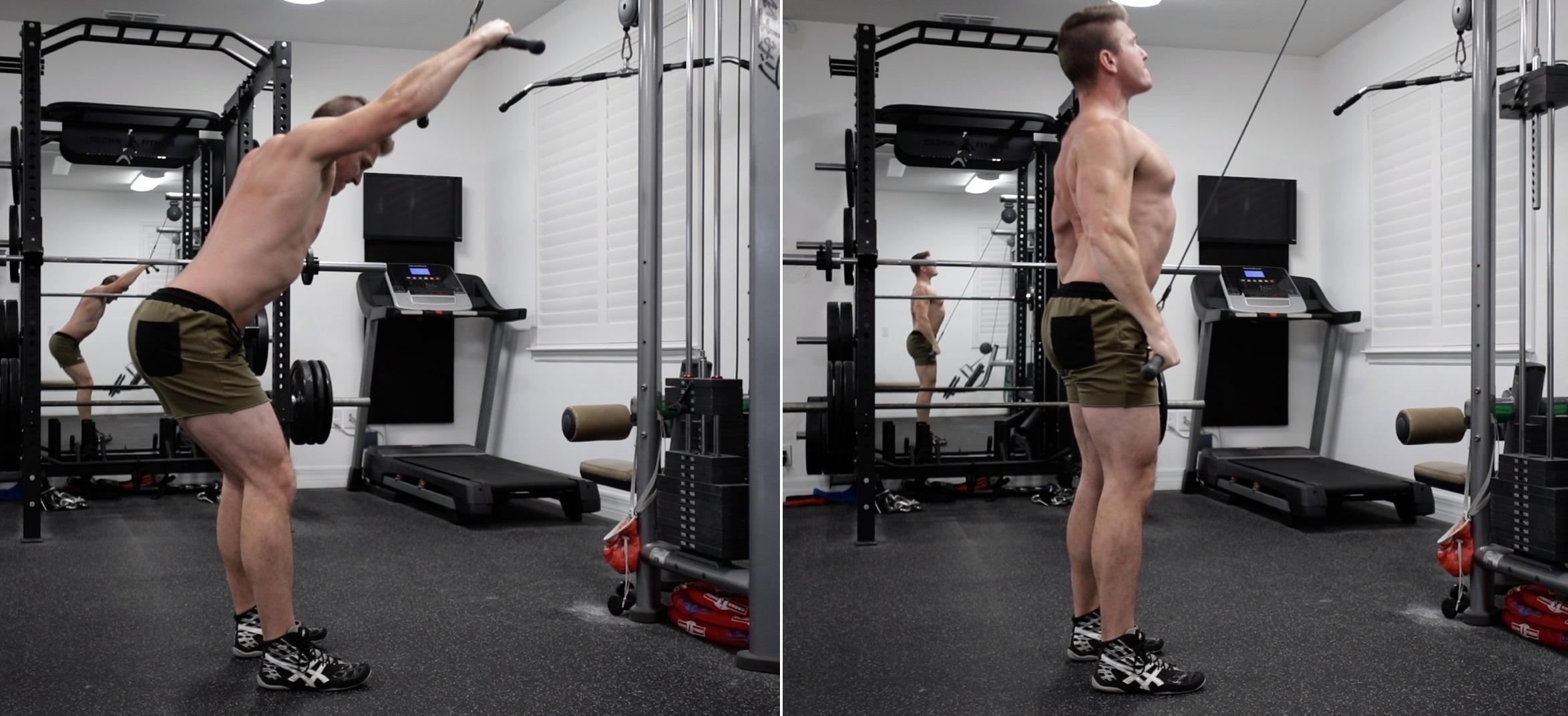
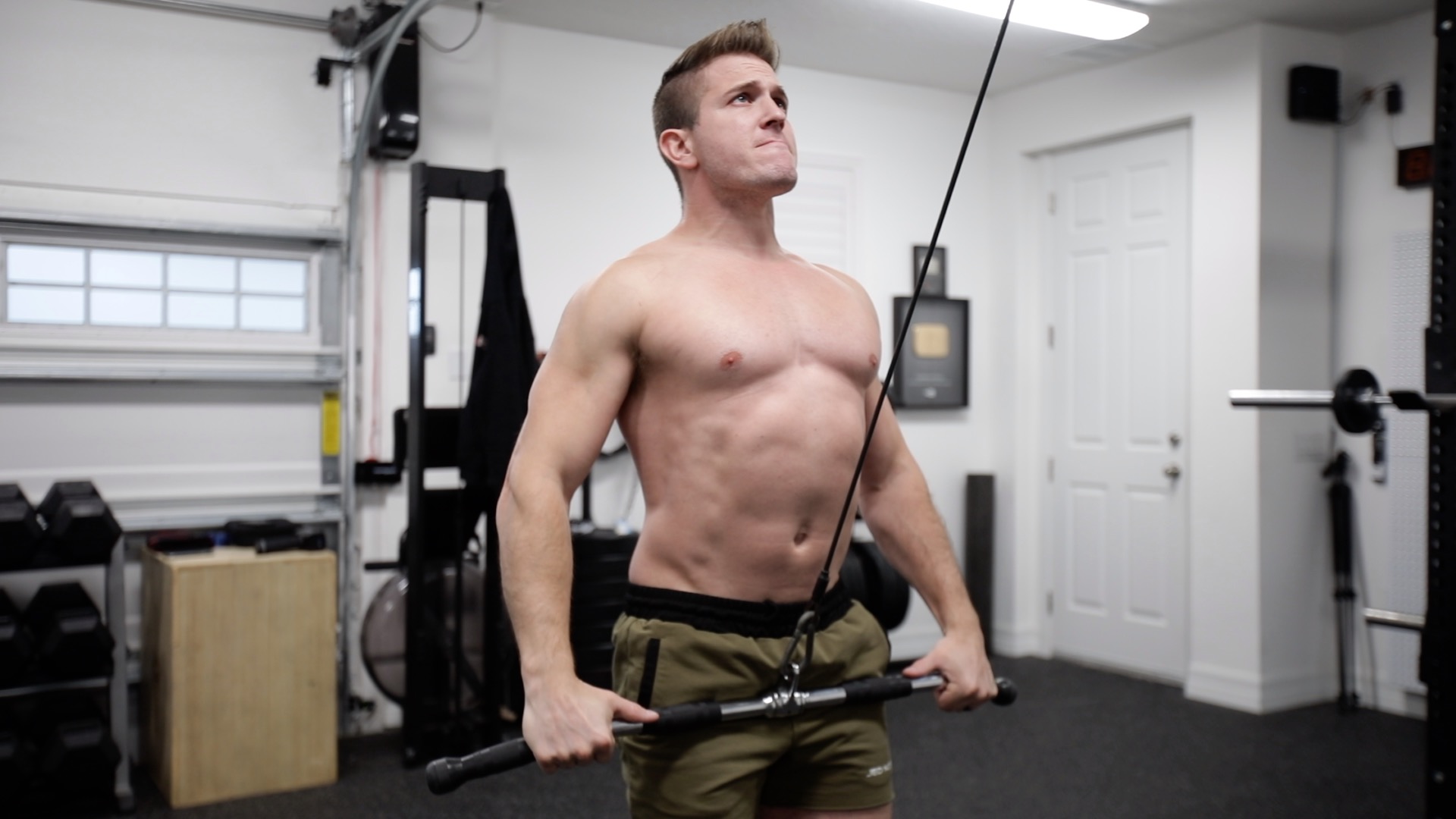
But here are some other key notes. Make sure you’re bracing your abs throughout the entire set, and don’t bend your elbows more than just slightly. Also, don’t grab the bar too wide because this will reduce the overall range of motion restricting the effectiveness of the movement.

Now this exercise primarily target the lats, posterior deltoid, teres major and triceps. The lats are responsible for extending and medially rotating the upper arms in toward your body. The posterior deltoid is on the back of the shoulder and helps pull your arm down and back during the movement. The teres major is a small muscle that spans from the bottom of your shoulder blade to the side of your arm and helps extend the shoulder and the triceps help bring your arms down aiding your lats.
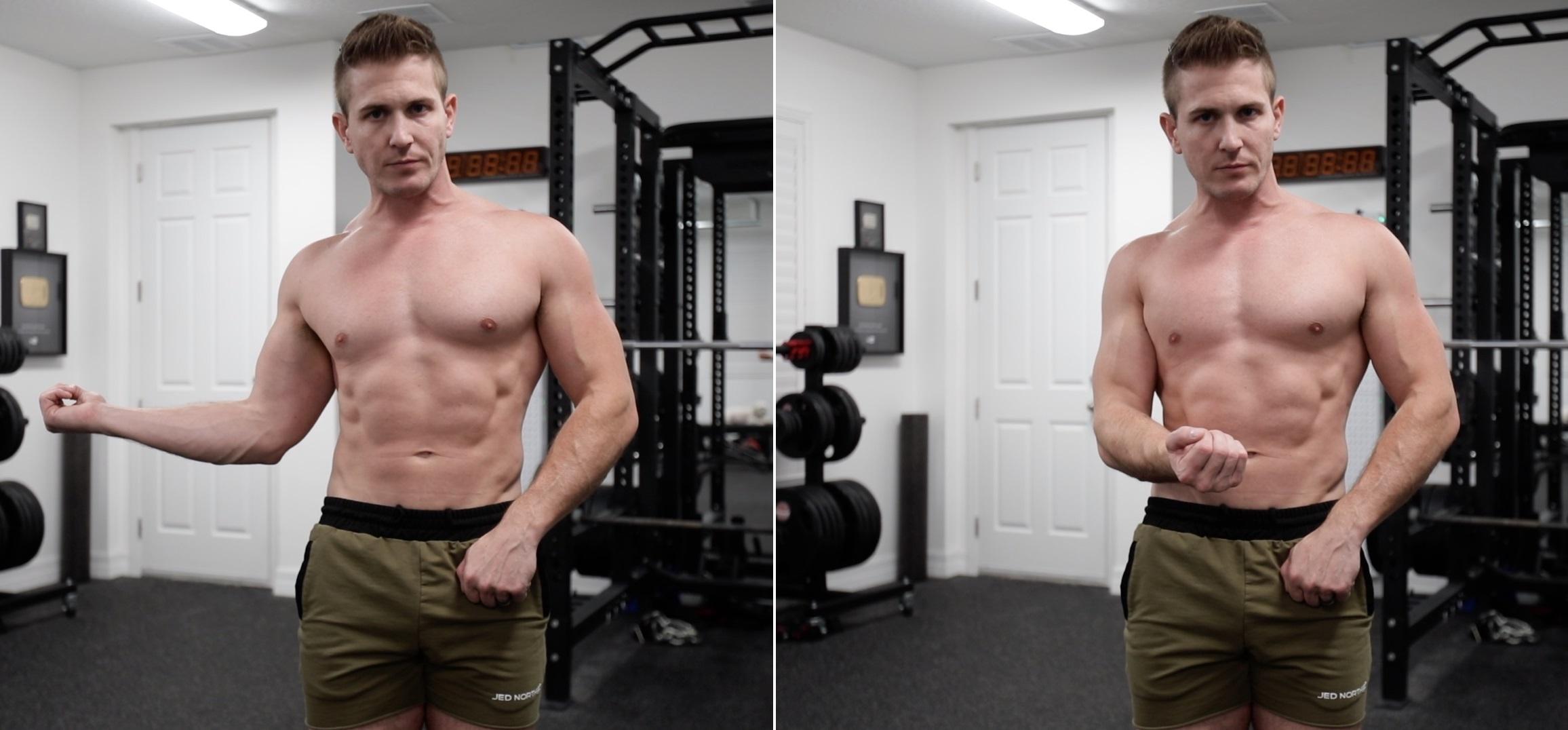
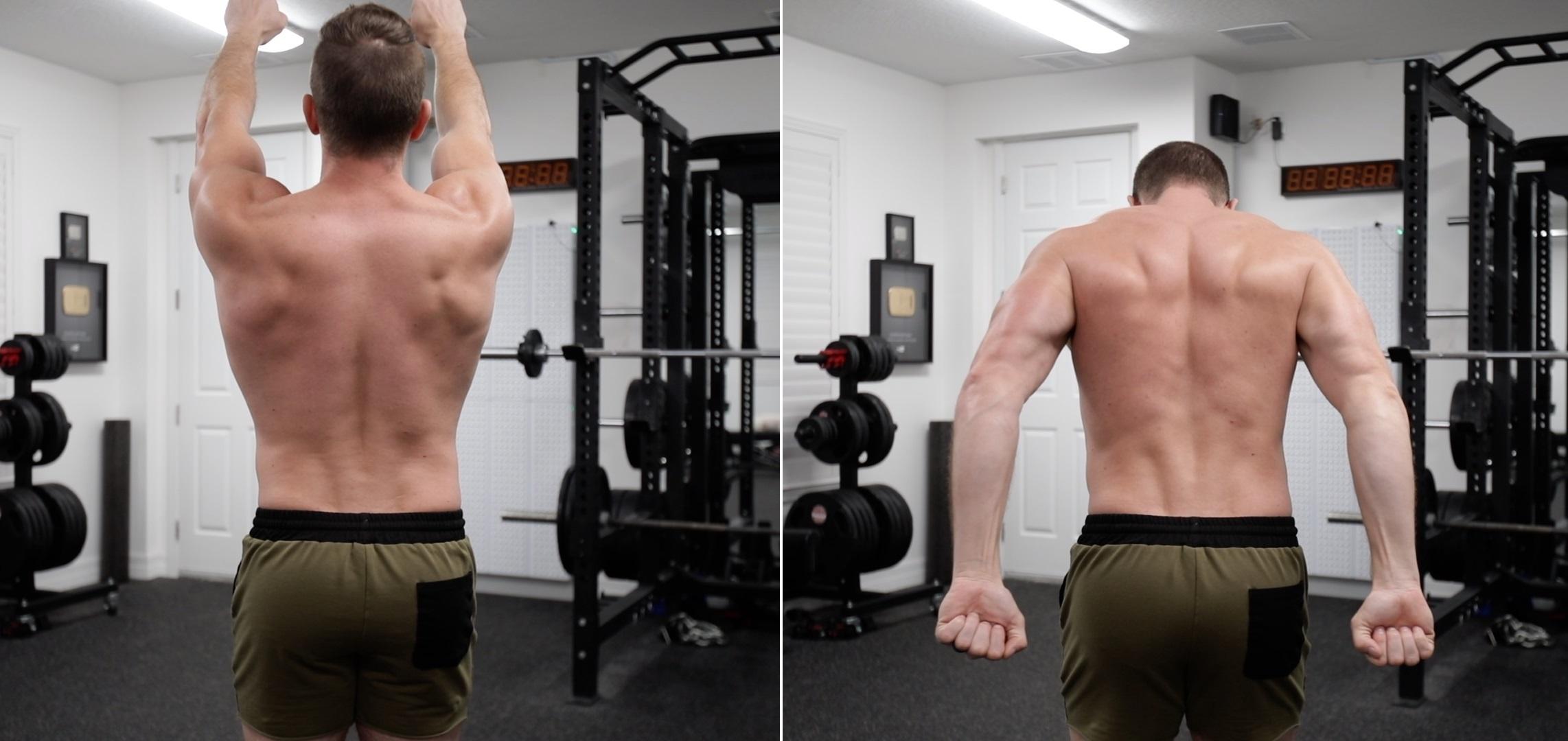
Dumbbell Pull-Over
This exercise can be executed in two different laying positions. The first is by lying flat on a bench, and the second is by lying off the side of the bench with just your upper back on the pad. However, the dumbbell pull-over is very unique in that it can be used to target CHEST or BACK and your starting position is going to help in determining this. So if you are trying to isolate more LATS, you would want to use the second starting position and also focus on pulling with your elbows, keeping your biceps and grip disengaged as much as you can without dropping the weight. In fact, I’ve actually made videos in the past discussing how to use this exercise for chest or lats so if you want to dive a bit deeper into that subject, you can watch that video below.
But why does the starting position change which muscles are targeted with the exercise? Well, it’s because you are able to dip your hips and extend your lower back a lot more this way, which will allow you to get a better stretch and contraction on the lats. So really try to let your hips sink below the surface of the bench.

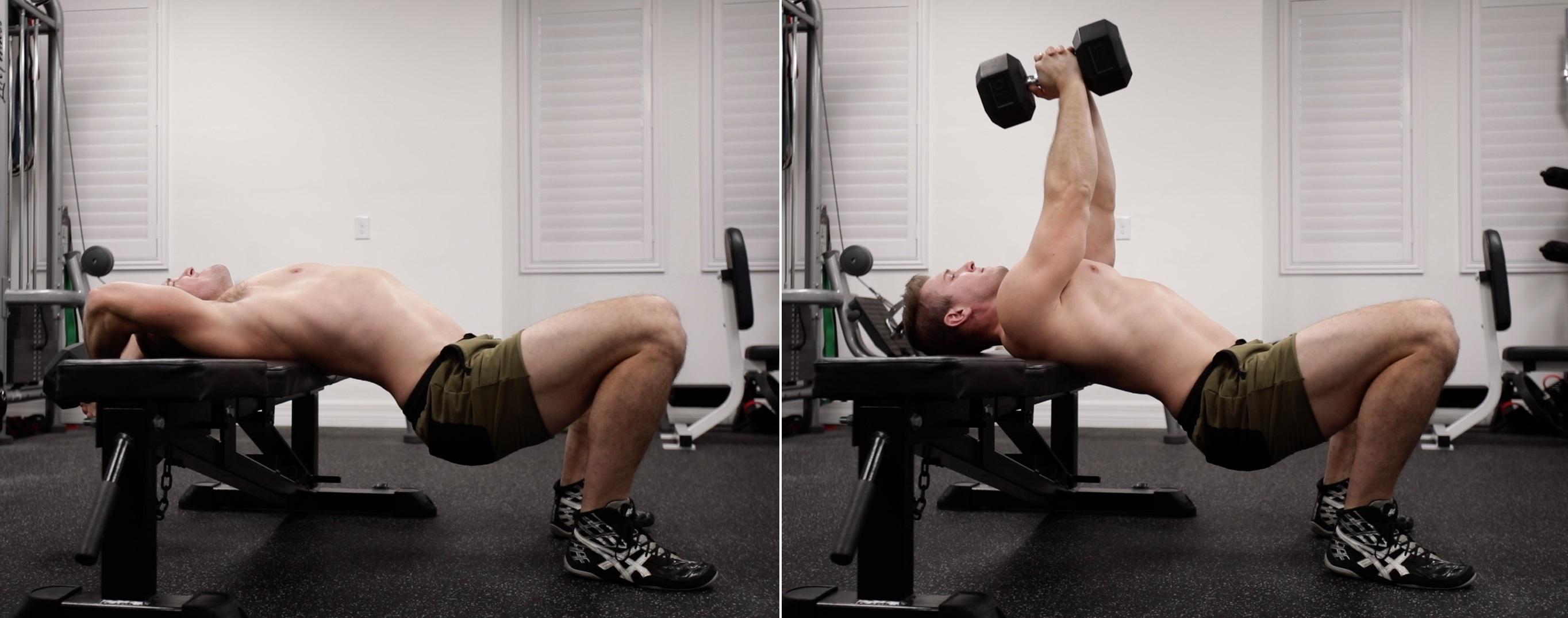
As for muscles involved, the primary movers are the pec major and pec minor, but the stretch on the lats during peak contraction, or bottom of the movement is what leads a lot of people to incorporate this exercise on back day. Because of the positioning of the exercise you will be able to OVERLOAD your lats with more weight during the stretch. It should be noted that you will also engage the serratus anterior, triceps and teres major as well.
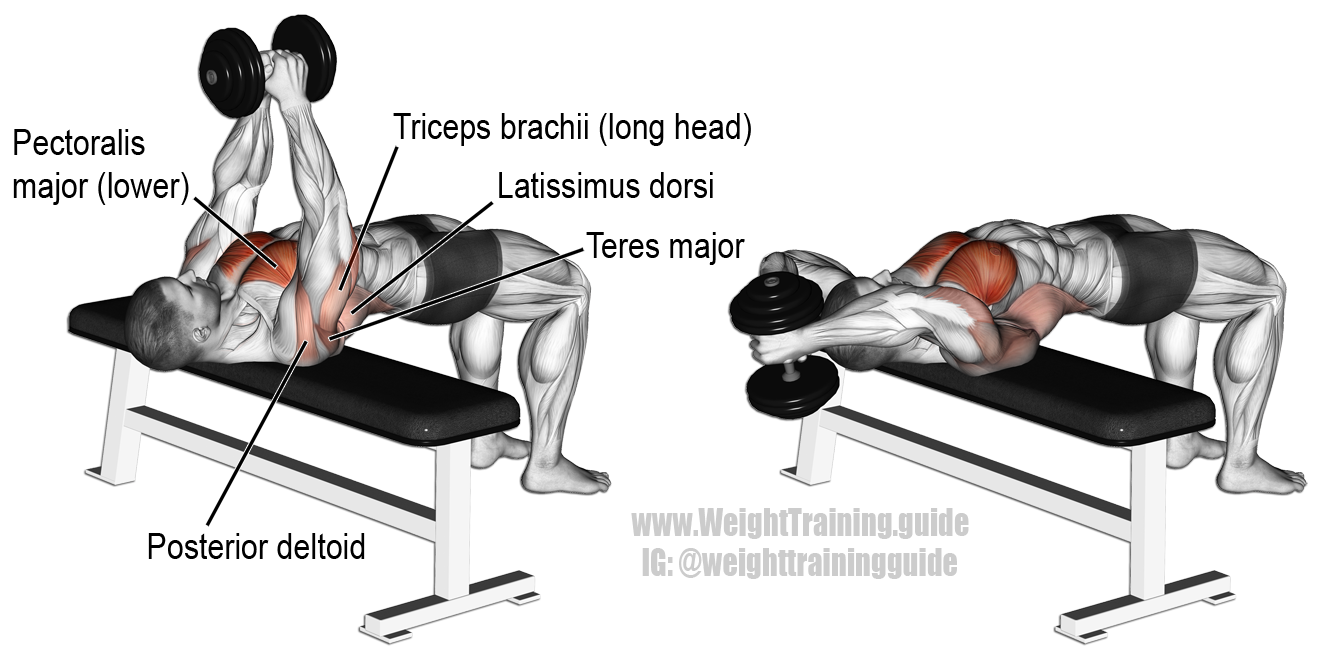
Lastly, remember that your elbows should always be slightly bent but this angle should never change throughout the range of motion. If you start bending your elbows more and more as you pull the weight over your head, you’ll be using your triceps and biceps more than your lats to move the weight. If that’s the case for you, LOWER the weight and try again with good form!
Which Exercise Is Best For Overall Back Growth?
Although both seemingly have the same movement pattern, even though you can overload with more weight at the bottom of the dumbbell pull-over (or stretch), the overall engagement of the lats diminishes as the dumbbell moves from the bottom to over your head, meaning it would seem that the cable lat push-down would be the better choice. This is because whenever using cables you’re at an instant advantage because the cables keep tension throughout the entire range of motion. Also, even though you can try to “pull with your elbows” when performing the dumbbell pull-over, you’ll still bring your chest into the movement quite a bit and for some people, full range of motion may not be possible due to restricted shoulder mobility.
Which One Should You Incorporate Into Your Next Back Workout?
Pretty cut and dry case right? Well here’s the twist…NEITHER! In fact, I would suggest that we combine elements of BOTH exercises such as the hand positioning of the dumbbell pull-over with the overall form of the lat pushdown and you get the STRAIGHT-ARM LAT PUSHDOWN.
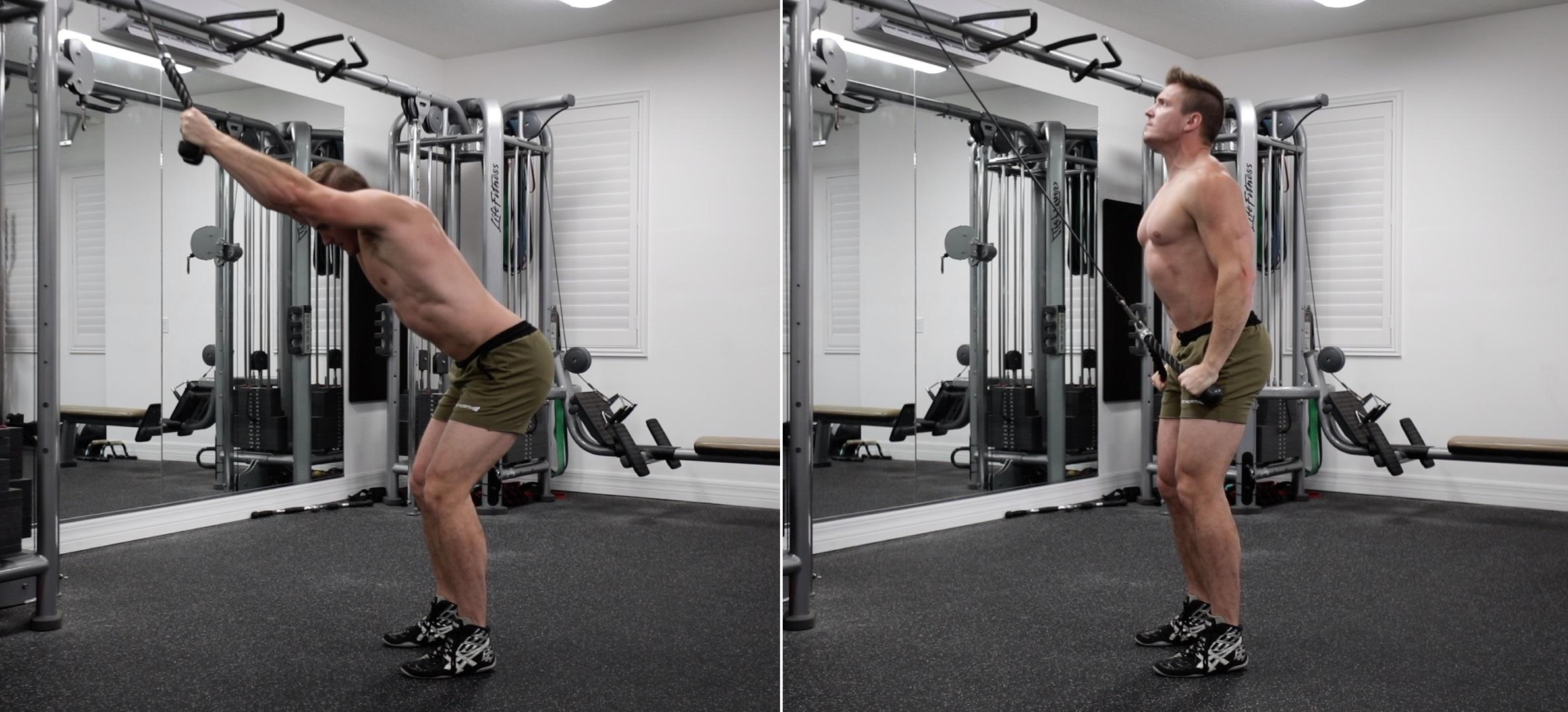
Now you’ll activate your ABS a bit more for stability, specifically speaking your trunk flexors, or the rectus abdominis and external obliques and your triceps will engage a bit more as well because you’ll need to contract them to keep your elbows straight. But in terms of the overall stretch, lat activation and mind-muscle connection benefits, this exercise is going to be the REAL winner of this versus series video and for a few really good reasons.
- It offers greater range of motion than lat push-downs
- If you have limited overhead shoulder mobility, you won’t be able to perform the dumbbell pull-over
- Because of the movement pattern you will feel more overall lat activation, especially in the lower and middle part of the muscle
Conclusion
One last thing before you run off to the gym to try this exercises. NONE of these exercises are what I would consider to be a “mass builder”. They’re more like assistant mass builders. What I mean is that exercises like pull-ups, bent-over rows or T-Bar rows should be staples in your programming as they will allow you to lift the most weight and produce the best gains.
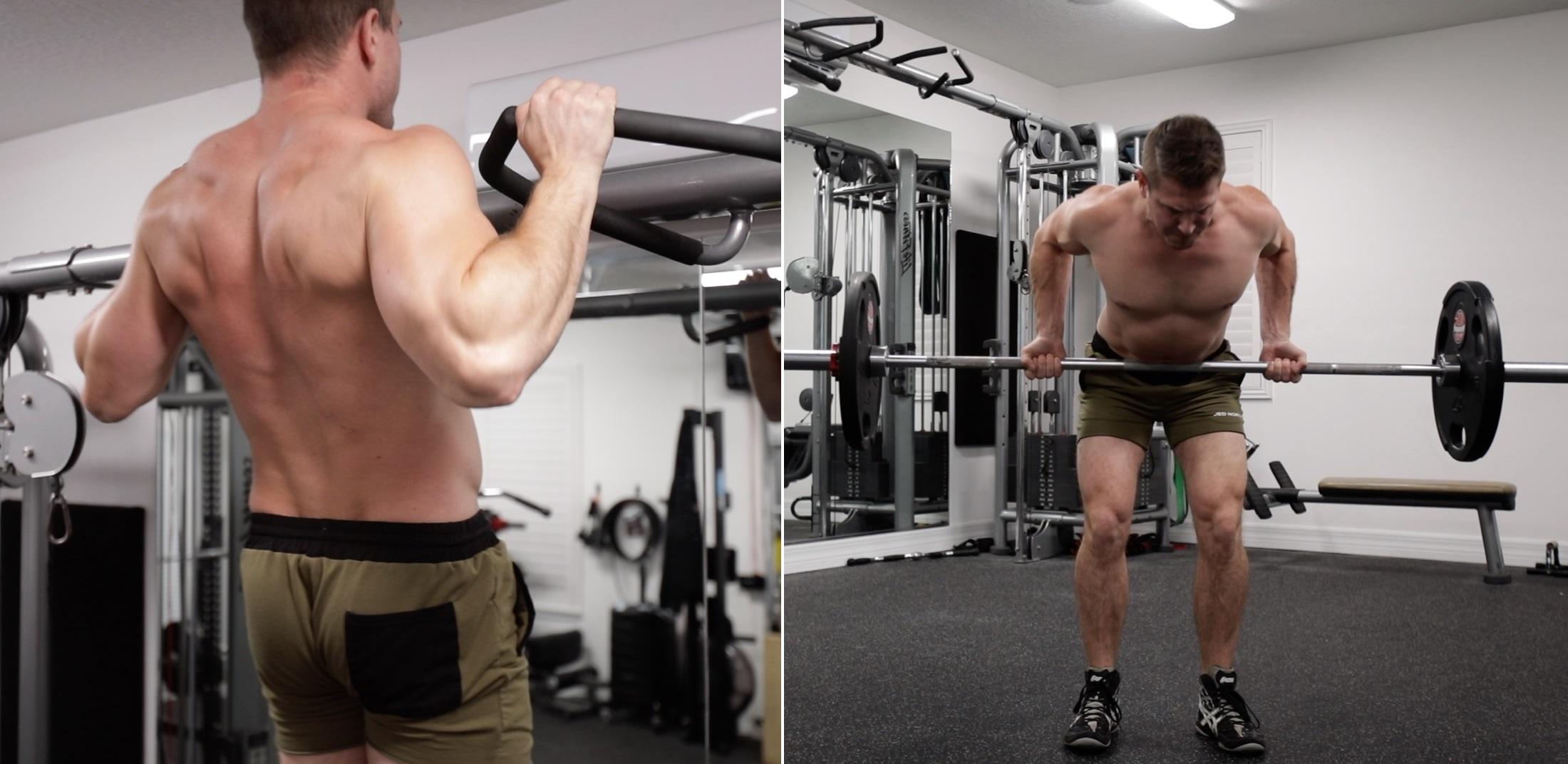
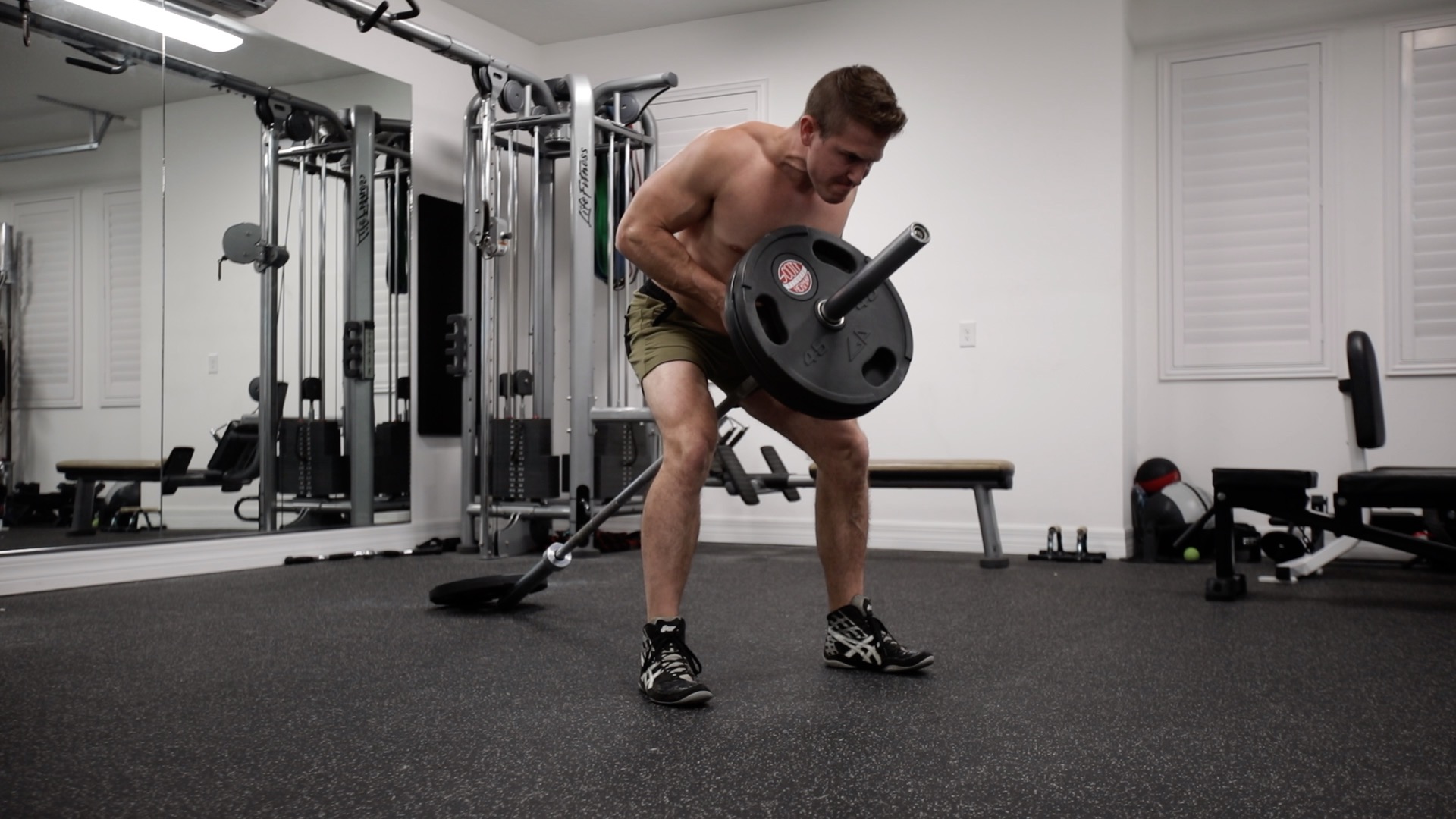
However, exercises like the lat pushdown, straight-arm pull-down or dumbbell pull-over should be utilized as either the FIRST exercise on your back training day to pre-fatigue your back for better mind-muscle connection throughout your workout, as a finisher to push more overall volume into your workout, or if you’re full body training it might be a good idea to toss these exercises in as supersets on your high volume days. But not matter how you plan to incorporate the exercises, I would still stick with the straight-arm pulldown using a rope to maximize the efficiency of trying to target the lats.






